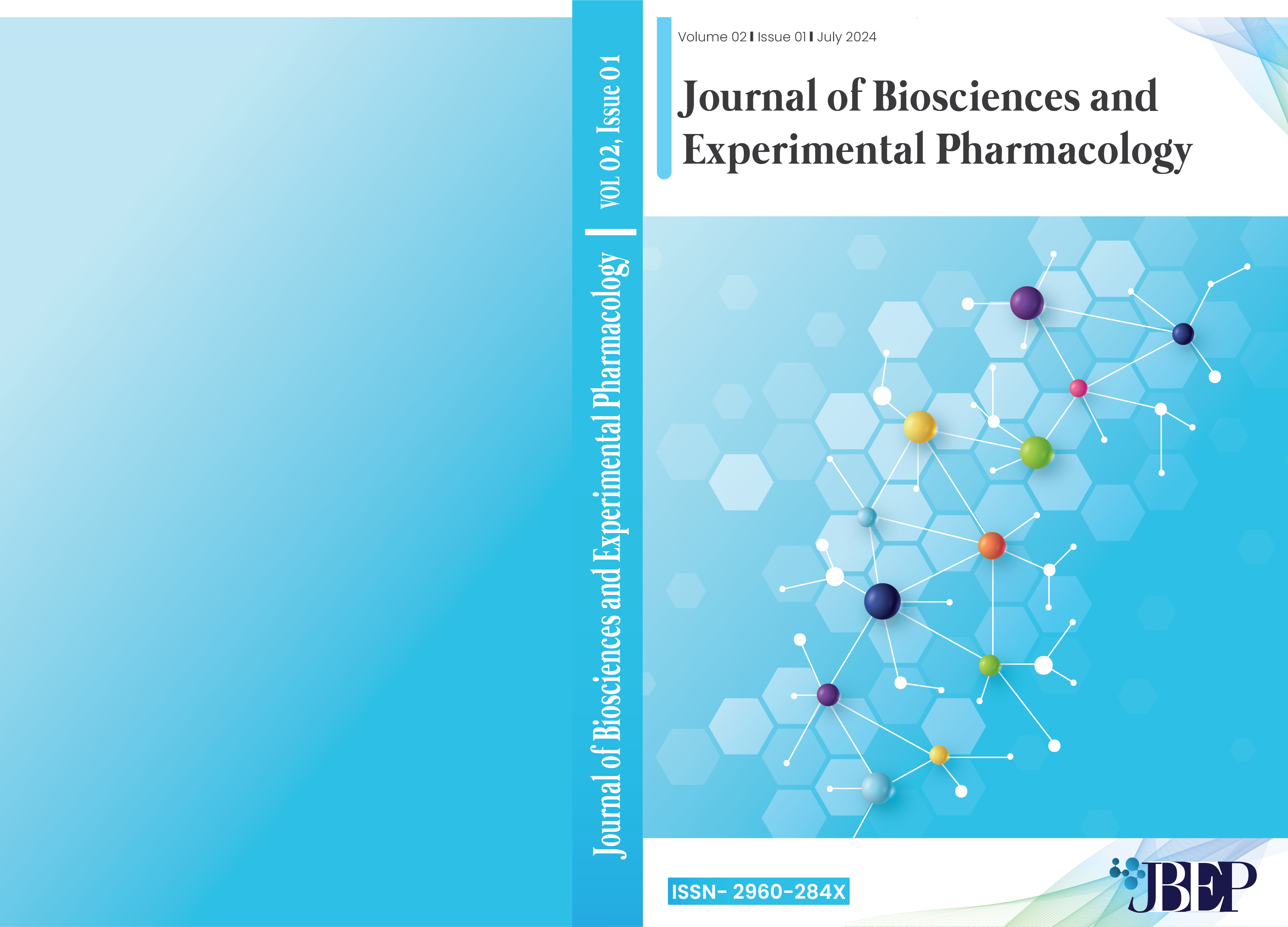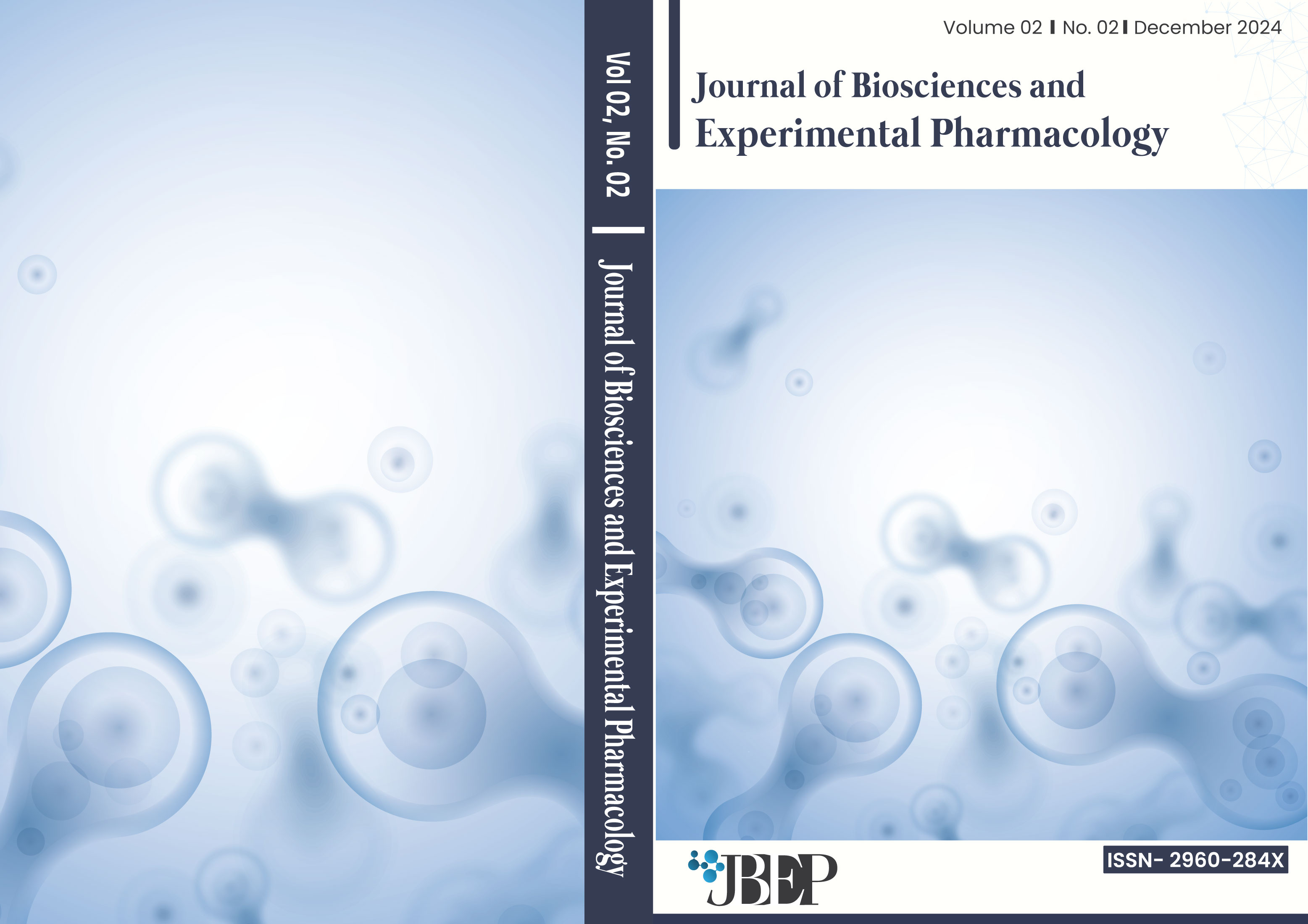Original article | Open access | J. Bio. Exp. Pharm. 2024, 2(2), 17-33 |
https://doi.org/10.62624/JBEP00.0016
A Comprehensive Review on Tradescantia pallida: Phytochemistry and Pharmacology
Abstract
Tradescantia pallida, also known as Purple Queen, is a remarkableornamental plant from the Commelinaceae family that boasts significantmedicinal and ecological value. This review decisively underscores itsphytochemical, pharmacological, traditional, and environmental applications,making it clear that consolidating existing knowledge and identifying areas forfuture research is essential. Extensive phytochemical studies have confirmed thepresence of bioactive compounds like phenolics, flavonoids, and anthocyaninsthat drive its powerful antioxidant, antimicrobial, antifungal, and antidiabeticeffects. It demonstrated cytotoxicity against tumor cells and effective larvicidalactivity against Aedes aegypti, highlighting its essential roles in medicalapplications and pest control. In traditional medicine, T. pallida iswell-recognized for its hepatoprotective, nephroprotective, andanti-inflammatory properties, which are fully supported by modern scientificfindings. Moreover, its ability to synthesize therapeutic nanoparticles andproduce natural dyes firmly establishes its significance in the field of greentechnology. Environmental studies robustly affirm its contribution tophytoremediation, air pollution biomonitoring, and soil detoxification,reinforcing its status as an eco-friendly solution. This review meticulouslysynthesizes information from esteemed databases such as PubMed, SciFinder,and Google Scholar, focusing on the most recent and impactful findings. Bydelving into its vast pharmacological activities and environmental applications,T. pallida emerges as a versatile resource poised for sustainable development.The plant's diverse properties present confident avenues for future research inmedicine, industry, and ecological conservation.

